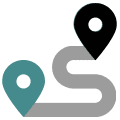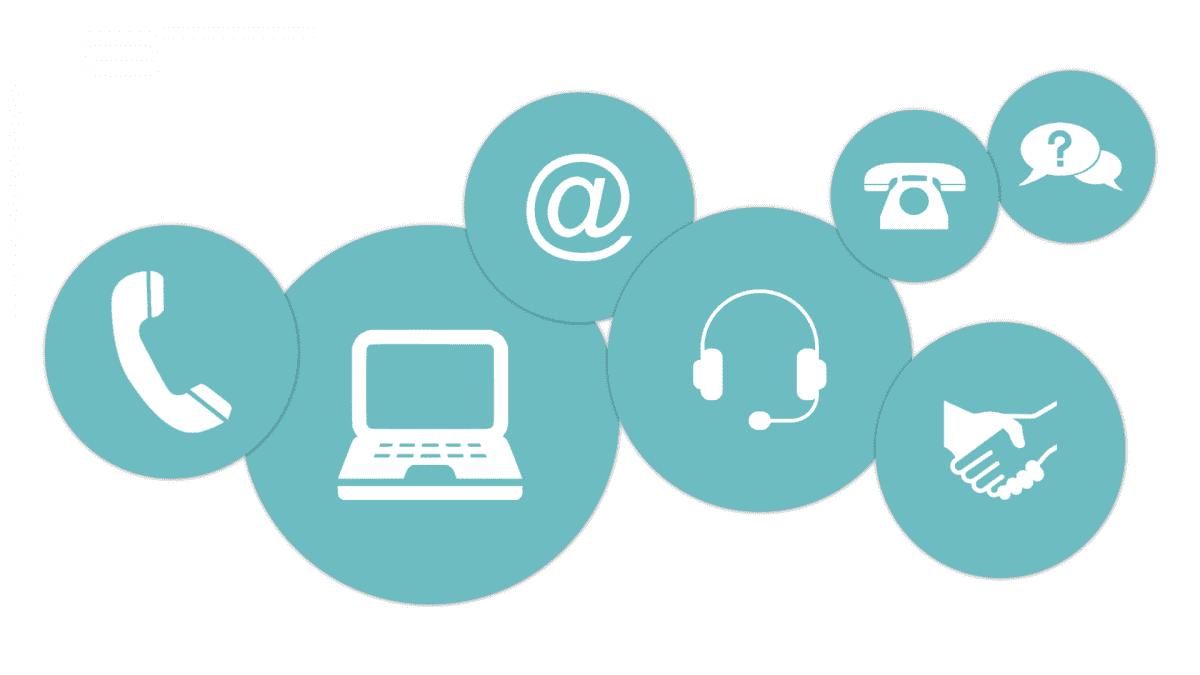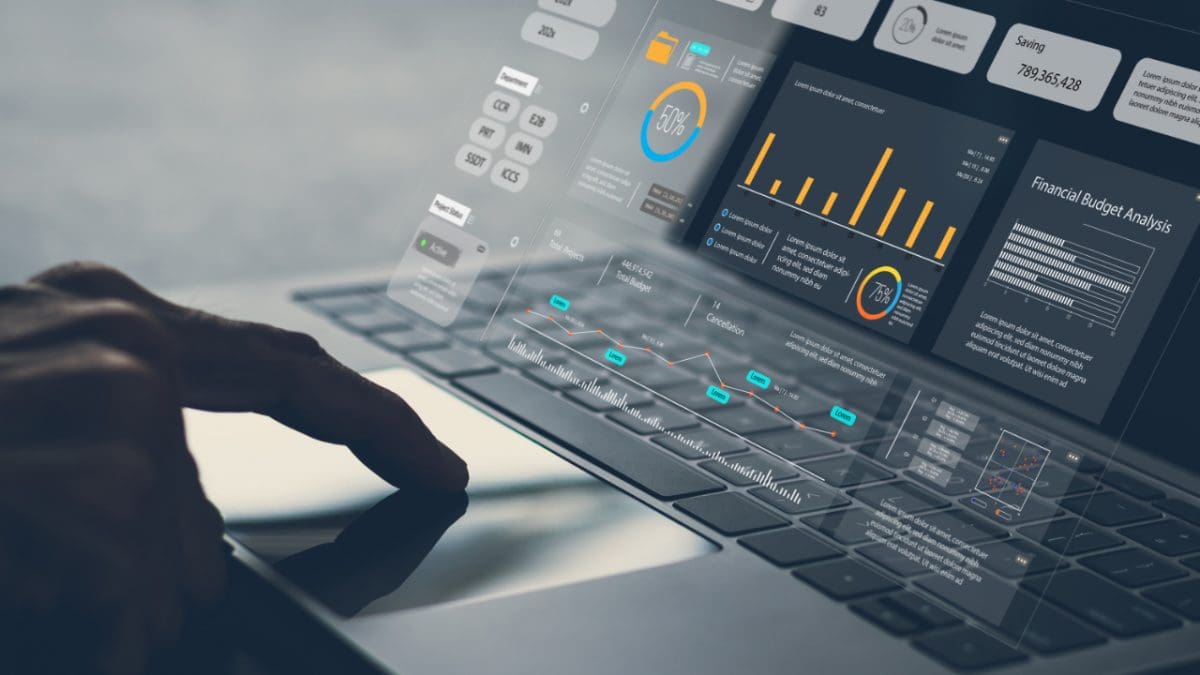
The delivery industry moves fast and is highly competitive. Providing an exceptional customer experience isn’t just a nice-to-have; it can make or break your business. Customers today expect more than just timely deliveries; they want seamless interactions, personalized services, and real-time visibility into their orders. Meeting these expectations requires a deep understanding of customer needs and preferences plus the ability to deliver a consistent and delightful experience at every touchpoint.
A customer experience dashboard is a powerful tool that empowers businesses to gain actionable insights and make data-driven decisions to refine the overall customer journey. It serves as a centralized hub with real-time access to critical customer data and performance metrics, all in one place. By harnessing the power of data analytics, businesses can uncover valuable patterns, identify pain points, and boost their operations across the board to deliver exceptional experiences.
Understanding the Customer Experience Dashboard
A customer experience dashboard is a robust, centralized tool that gives businesses the ability to track, analyze, and optimize the many touchpoints and interactions customers have with their brands. It offers real-time insights into customer behavior, preferences, and satisfaction levels so businesses can make solid decisions, backed by data, that fine-tune the overall customer experience. The ability to help businesses understand their customers better, identify pain points, and take proactive steps to improve satisfaction and loyalty are what make these dashboards an absolute necessity in the delivery industry.
Key Features and Components of an Effective Dashboard
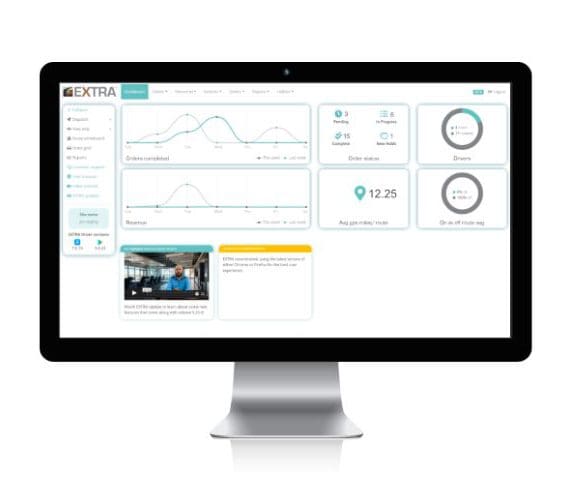
- Real-time data visualization: A powerful customer experience dashboard offers real-time data visualization capabilities. It presents data in visually engaging and easy-to-understand formats like graphs, charts, and dashboards. Real-time visibility allows businesses to monitor customer interactions as they happen, facilitating prompt responses and proactive interventions.
- Customizable metrics and KPIs: An effective dashboard allows businesses to define and track key performance indicators (KPIs) specific to their goals and objectives. They are customizable to help businesses focus on the metrics that matter most to their customer experience initiatives. Whether it’s measuring customer satisfaction, response times, or order accuracy, the dashboard provides a tailored view of the data.
- Intuitive and user-friendly interface: A user-friendly interface is essential for seamless navigation and ease of use. An intuitive dashboard minimizes the learning curve and helps users of all technical backgrounds to access and interpret the data effortlessly. This accessibility promotes widespread adoption and ensures that insights from the dashboard can be effectively utilized across the organization.
- Integration with other systems and data sources: An effective customer experience dashboard integrates with many popular systems and data sources, consolidating data from multiple touchpoints into a single platform. Integration with CRM systems, order management systems, and other relevant data sources enables businesses to gain a holistic view of the customer journey and derive meaningful insights.
- Reporting and analytics capabilities: A robust customer experience dashboard offers comprehensive reporting and analytics capabilities. Businesses can generate detailed reports, perform in-depth analyses, and uncover trends and patterns that can be used to fine-tune their operation.
The Power of Data-Driven Insights
Data is the key to unlocking opportunities for enhancing customer experiences. Data-driven insights offer businesses a deep understanding of customer preferences, pain points, and behaviors. This knowledge positions them to make informed decisions and implement strategies that align with customer expectations. The ability to collect and analyze data from several touchpoints allows businesses to personalize interaction, simplify operations, and maximize the delivery process. Data-driven insights empower businesses to proactively address issues, predict customer needs, and deliver a delightful experience at every step of the delivery journey.
Examples of Successful Customer Dashboards in the Delivery Industry
- Baylis & Harding: Baylis & Harding, a renowned wholesale distributor specializing in top-tier toiletries and gift sets, faced the challenge of providing its managers and executives with enhanced visibility into financial, customer, and sales data. The company needed a solution that would enable better decision-making and facilitate business expansion. They implemented a customer service dashboard that gave them instant access to critical business data, enabling proactive action. They customized it to highlight specific focus areas and share performance details and goals with their teams. Executives and managers no longer needed to rely on IT for custom reports.
- Lotte.com: Lotte.com, the leading internet shopping mall in Korea with a customer base of 13 million, faced the challenge of understanding why customers were abandoning their shopping carts despite having over 1 million daily site visitors. A customer experience dashboard was implemented giving the company a deeper understanding of customer behavior. Using that data, they were able to identify key factors contributing to shopping cart abandonment and took immediate action to address these issues. Within a year, Lotte.com experienced a significant increase in customer loyalty and saw a substantial boost in sales revenue by $10 million.
- SKF: SKF, a global manufacturer and supplier of bearings, seals, mechatronics, and lubrication systems, faced the challenge of managing its broad geographic coverage and diverse product portfolio. To adjust its processes effectively, SKF needed consistent market size and product demand forecasting. The solution came in the form of implementing a customer experience dashboard, helping SKF realize the importance of having a single, reliable source of information that could simplify their forecasting processes. By centralizing their data assets into the BI system, SKF was able to provide employees with access to simple-to-understand reports and dashboards, eliminating the reliance on outdated spreadsheets.

Enhancing Delivery Efficiency with a Customer Experience Dashboard
Providing exceptional customer service is a requirement for companies in the transportation and logistics (T&L) industry. To meet rising customer expectations and boost operations, implementing a customer experience dashboard can take your business from barely hanging on to a company with growing sales and ideas for expansion. This powerful tool helps businesses simplify order management, personalize the delivery experience, and leverage data analytics for optimized operations.
Streamlining Order Management and Tracking
- Enabling customers to track their orders in real time: Customers crave transparency and control over their deliveries. With a customer experience dashboard, your customers can track their orders in real time. Information about the status and location of their shipments is easily accessible, providing peace of mind and reducing unnecessary inquiries.
- Providing proactive notifications and updates: Customers appreciate proactive communication. A customer experience dashboard allows you to send automated notifications and updates throughout the delivery journey. Whether it’s notifying customers about order confirmations, estimated arrival times, or any unexpected delays, proactive communication helps manage expectations and build trust.
Personalization and Customization for a Tailored Experience
- Allowing customers to set delivery preferences: Every customer is unique, and their delivery preferences may vary. With a customer experience dashboard, you can offer customization options, allowing customers to set their delivery preferences. This could include preferred delivery time slots, delivery instructions, or even options for contactless delivery. By catering to individual preferences, you enhance the overall delivery experience.
- Offering personalized recommendations and promotions: A customer experience dashboard can use data analytics to provide personalized recommendations and promotions. By analyzing customer preferences and purchase history, you can offer targeted recommendations that they might be very interested in. Personalized promotions and discounts can incentivize repeat business and build customer loyalty too.
Leveraging data analytics for optimized operations
- Analyzing delivery patterns and demand trends: Data is a valuable asset for optimizing operations. With a customer experience dashboard, you can analyze delivery patterns and demand trends. This insight enables you to identify peak delivery times, popular routes, and potential bottlenecks. Armed with this information, you can make adjustments and improve efficiency.
- Optimizing routes and logistics for faster and more efficient deliveries: Efficient logistics is vital for delivering exceptional customer service. By leveraging data analytics through a customer experience dashboard, you can optimize routes and logistics. You can identify the most efficient delivery routes, minimize idle time, and use your resources wisely.
Remember, transparency, personalization, and data-driven insights are the key ingredients for success in today’s customer-centric world.
Case Studies and Success Stories
These companies boosted customer satisfaction and loyalty with data-driven dashboards.
Lowe’s
Challenge: Lowe’s, a renowned home improvement company, faced the challenge of aligning its product assortment and staffing with customer demands across its numerous store locations. They needed a solution that would enable them to merge customer feedback with actual behavior occurring online and in-store. The goal was to gain deeper insights into customer preferences, optimize inventory management, and enhance the overall customer experience.
Solution: Lowe’s leveraged business intelligence and data analysis to address its challenges effectively. By analyzing customer data and behavior, they were able to identify trends, preferences, and demand patterns. This information was then used to optimize product assortment and staffing at specific store locations. Predictive analytics played a crucial role in this process, enabling Lowe’s to load trucks with the right type and quantity of products based on individual zip codes.
Results: The implementation of a customer experience dashboard resulted in improved sales and enhanced customer experiences. Lowe’s used its gained valuable insights to optimize their product assortment and staffing strategies. The use of predictive analytics for customized product deliveries based on zip codes further contributed to a seamless shopping experience for customers.
Uber
Challenge: Uber, a leading ride-hailing service, faced the challenge of efficiently managing pricing and supply-demand dynamics across many cities and times. They needed a solution that would enable them to optimize prices based on real-time factors such as traffic conditions, driver availability, and customer demand. The goal was to implement dynamic pricing that would accurately reflect the market demand and ensure a fair balance between driver supply and rider demand.
Solution: Uber utilized business intelligence and data analysis to tackle their pricing and supply-demand challenges. They developed algorithms that constantly monitored and analyzed data on traffic conditions, journey times, driver availability, and customer demand in real time. This information allowed them to implement surge pricing, where prices are dynamically adjusted based on the level of demand and prevailing traffic conditions.
Results: The implementation of dynamic pricing through business intelligence tools enabled Uber to respond to changing market conditions in real time. By using data and algorithms, they achieved multiple benefits. Surge pricing helped manage demand during peak times, ensuring that riders had access to transportation when needed. It incentivized drivers to be available during high-demand periods, leading to shorter wait times for riders. Dynamic pricing allowed Uber to optimize revenue by adjusting prices based on market demand, improving profitability and sustainability.
Implementing a Customer Experience Dashboard
Steps to Consider When Implementing a Dashboard
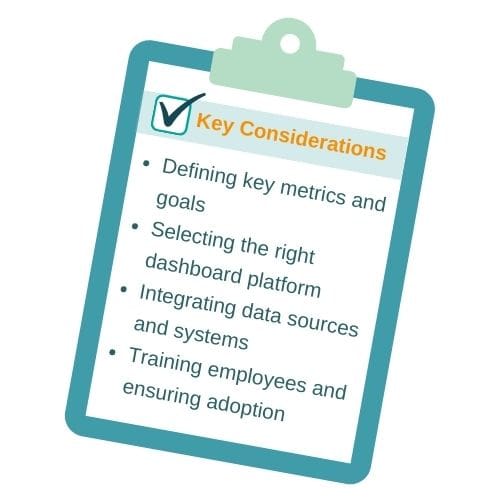
Implementing a customer experience dashboard can be a game-changer for your business, enabling you to gain valuable insights and deliver exceptional experiences.
- Defining key metrics and goals: Start by identifying the key metrics that align with your business objectives. Determine what aspects of the customer experience you want to measure and improve. This could include metrics such as customer satisfaction scores, on-time delivery rates, or first contact resolution time. Clearly defining your goals will guide your dashboard implementation process.
- Selecting the right dashboard platform or software: Choose a customer experience dashboard platform or software that meets your specific needs. Look for a solution that offers customizable dashboards, intuitive user interfaces, and integration capabilities with your existing systems. Consider factors like scalability, data visualization options, and ease of use to ensure the selected platform aligns with your business requirements.
- Integrating data sources and systems: To unleash the full potential of your dashboard, integrate data from many sources and systems. This could include customer data, operational data, and feedback channels. Make sure that the dashboard can consolidate and analyze data from these sources to provide a holistic view of the customer experience.
- Training employees and ensuring adoption: Provide comprehensive training to your employees to ensure they understand how to use the dashboard effectively. Encourage their active participation and adoption of the dashboard by highlighting the benefits it brings to their daily work. Foster a culture of data-driven decision-making and empower employees to use the dashboard as a tool for continuous improvement.
Best Practices for Ongoing Monitoring and Optimization
Implementing a customer experience dashboard is not a one-and-done task—it requires ongoing monitoring and optimization.
- Regularly analyzing and updating metrics and KPIs: Continuously review and analyze the metrics and KPIs tracked in your dashboard. Regularly update them to align with changing business priorities and customer expectations. This iterative process ensures that your dashboard remains relevant and provides meaningful insights.
- Seeking feedback from customers and employees: Actively gather feedback from both your customers and employees regarding their experiences with the dashboard. Listen to their suggestions and insights, and make adjustments accordingly. By involving key stakeholders in the optimization process, you can enhance the usability and effectiveness of the dashboard.
- Continuously improving the dashboard based on user insights: Leverage the insights gained from user feedback and data analysis to improve the dashboard’s functionalities and user experience. Consider adding new features, enhancing data visualizations, or optimizing data integration processes. By continuously refining the dashboard, you can unlock its full potential and ensure its long-term value for your business.
Conclusion
Delivering exceptional customer experiences is crucial for success in the delivery industry. Implementing a customer experience dashboard empowers you to optimize operations, personalize interactions, and drive growth. By providing a consolidated view of customer data, the dashboard enables real-time order tracking, proactive communication, and personalized recommendations. Leveraging data analytics, you can analyze delivery patterns, optimize routes, and ensure faster, more efficient deliveries. This not only increases customer satisfaction and loyalty but also improves sales and operational efficiency.
Experience the power of Elite EXTRA Routing & Dispatch with its easy-to-grasp dashboard. With features like optimized route planning, automated routing and dispatching, real-time GPS tracking, customer ETA notifications, and photo and signature capture, our dynamic software can help you boost your entire operation and offer exceptional customer service. Seamlessly integrated with various business systems such as ERP, POS, and eCommerce, the system provides a comprehensive workflow that includes route planning, order dispatching, customer notifications, order fulfillment with the EXTRA Driver mobile app, and advanced reporting tools.
Join the elite league of businesses and transform your logistics operations. Contact Elite EXTRA today!
Sources
https://www.bain.com/insights/customer-experience-tools-customer-experience-dashboard/
https://www.gspann.com/resources/case-studies/deliver-better-customer-experience-with-real-time-dashboards-to-track-orders/
https://www.twilio.com/blog/announcing-the-state-of-personalization-2021
https://databox.com/customer-service-metrics-dashboard

